The third largest module of the Chinese space station, the Mengtian Experimental Module, is about to be launched. After the launch, docking and repositioning of the Mengtian Experimental Module, the basic configuration of the “T” shape of the space station will be assembled Chinese in orbit. How is the Chinese space station built from scratch and assembled step by step?
On May 5, 2020, the Long March 5B carrier rocket developed for my country’s manned space station project was ignited and took off at the Wenchang space launch site in my country. The first flight mission was a complete success and my country’s space station construction mission was started off.
On the morning of April 29, 2021, at the Wenchang space launch site in my country, the Long March 5B Yao-2 rocket launched successfully into space the first module of the space station – the Tianhe central module. The Tianhe central module has a take-off mass of 22.5 tons and is currently the largest and most complex spacecraft independently developed in my country. Mainly used for the unified control and management of the space station, it has the ability to fly autonomously for a long time and can support the long-term stay of astronauts.

On May 29, 2021, the central module of Tianhe, which had been in orbit for a month, welcomed its first visitor. The Tianzhou-2 cargo spacecraft, which has a capacity of 6.9 tons of material upward, adopts the autonomous and rapid docking and rendezvous method, and carefully docks with the rear door of the Tianhe central module to form a combination.
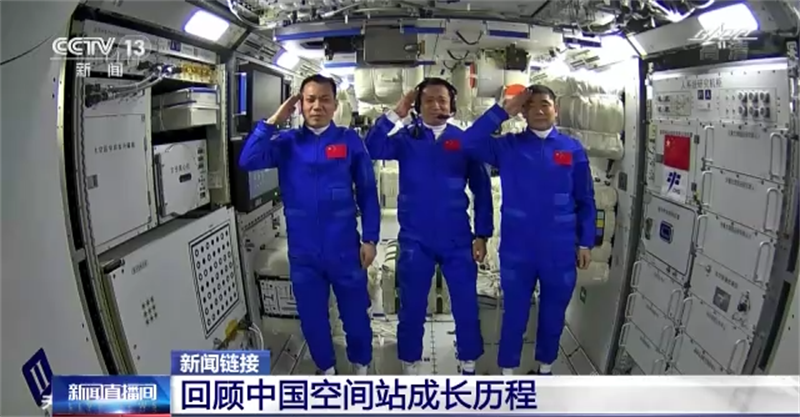
On June 17, 2021, the manned Shenzhou 12 spacecraft successfully docked at the forward port of the Tianhe Central Module in an autonomous rapid rendezvous mode and docking mode. Shenzhou 12 flight crew, Nie Haisheng, Liu Boming and Tang Hongbo, became the first batch to enter China Astronaut on the space station. During the three-month period, the three astronauts successfully completed two extravehicular activities, completing a range of tasks such as assembly and construction in orbit, maintenance and repair, extravehicular operations, space applications, scientific experiments, and space station monitoring and management. . On September 17, 2021, Shenzhou 12 separated from the space station complex and embarked on the return journey.
Two days later, the Tianzhou-3 cargo spacecraft was launched into orbit, forming a “one” configuration with Tianzhou-2 and the Tianhe central module.

On October 16, 2021, Shenzhou 13 successfully docked at the radial port of the Tianhe Central Module using the autonomous rapid rendezvous mode and docking mode, forming a combination of four cabins (ship) with the space station. Shenzhou 13 astronauts Zhai Zhigang, Wang Yaping and Ye Guangfu also began their 6-month space life, setting a new record for Chinese astronauts’ continuous flight time in orbit.
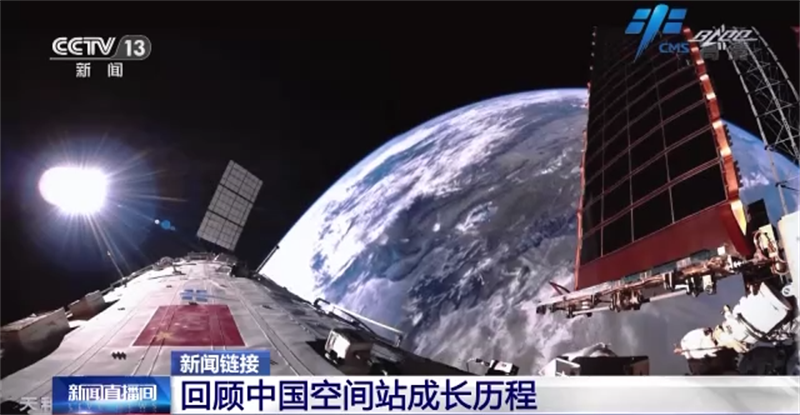
During the period in orbit, the space station completed my country’s first transposition test using a robotic arm to propel a large vehicle in orbit; for the first time a remote hand control device was used to control the cargo spacecraft and space station for rendezvous and docking, cargo spacecraft and space station rapid rendezvous test, etc., for the station space Experience accumulated in in-orbit construction and operations management. On April 16, 2022, after completing 2 out-of-vehicle activities, 2 “Tiangong Classroom” space lessons and a series of science and technology experiments (experiments), the manned Shenzhou 13 spacecraft adopted the “quick return” mode, successfully landed at Dongfeng Airfield. So far, all the established tasks of the key technology verification phase of the Chinese space station have been completed.
On May 10, 2022, the Yao-5 Long March 7 carrier rocket carrying the Tianzhou-4 cargo spacecraft was successfully launched at the Wenchang space launch site in my country. This is the first launch mission in which the construction of my country’s space station has moved from the key phase of technological verification to the construction phase in orbit.
On June 5, 2022, the space station welcomed three astronauts, Chen Dong, Liu Yang, and Cai Xuzhe from Shenzhou 14.
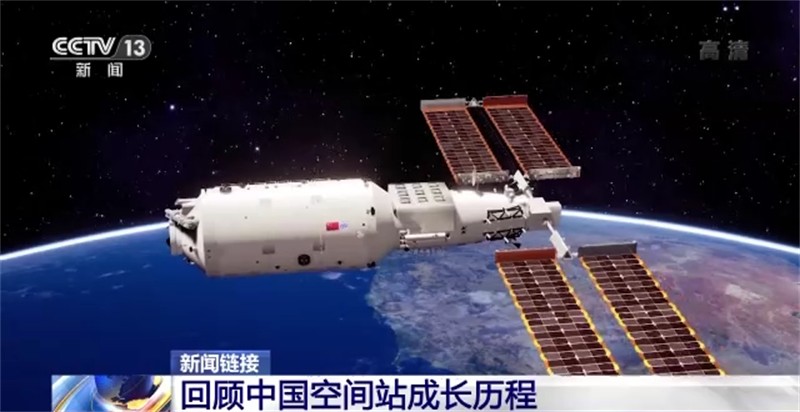
During orbit, the space station is pleased to add a new home. On July 24, 2022, the second module of the Chinese space station, the experimental Wentian module, was successfully launched. Wentian is my country’s first experimental space station science cabin.It consists of a functioning cabin, an airlock cabin and a resource cabin. The take-off weight is about 23 tons. It has the ability to fly independently for a short time of Science and application experiments, as a system-level backup of the central Tianhe module, have the ability to manage and control the assembly of the space station. Happy to mention the new home, the three astronauts not only moved part of the exercise equipment into the Wentian experimental cabin, but also conducted a series of space experiments (tests), space lessons, and exited the cabin through the closed cabin of Wentia.
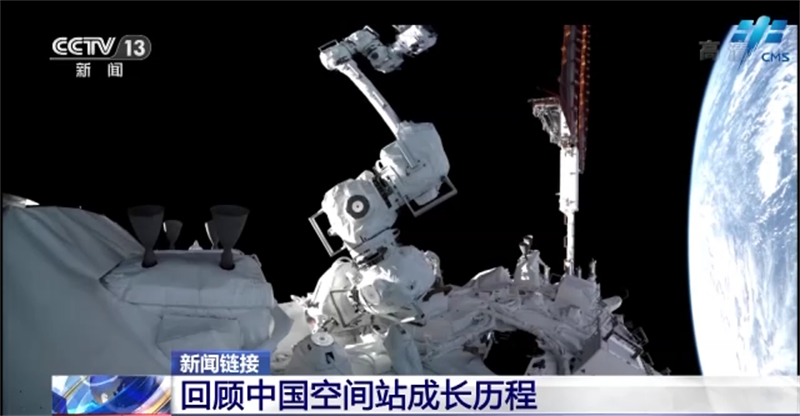
On 30 September 2022, after about an hour of cooperation between heaven and earth, the Wentian experimental module was repositioned. The space station assembly is transformed from a two-cabin “one” configuration to a two-cabin “L” configuration. This is the first time in my country that the indexing mechanism is used to implement the large scale cabin section indexing operation in orbit.
After the Wentian experimental module was relocated, the space station remained free pending the arrival of the Mengtian experimental module. The addition of the Mengtian experimental module marks the completion of the basic character “T” configuration of the third cabin of the Chinese space station.
Subsequently, the space station will welcome the arrival of the Shenzhou 15 spacecraft. At that time, six astronauts will gather at the space station. We look forward to the historic moment when the two groups of astronauts coexist in orbit.
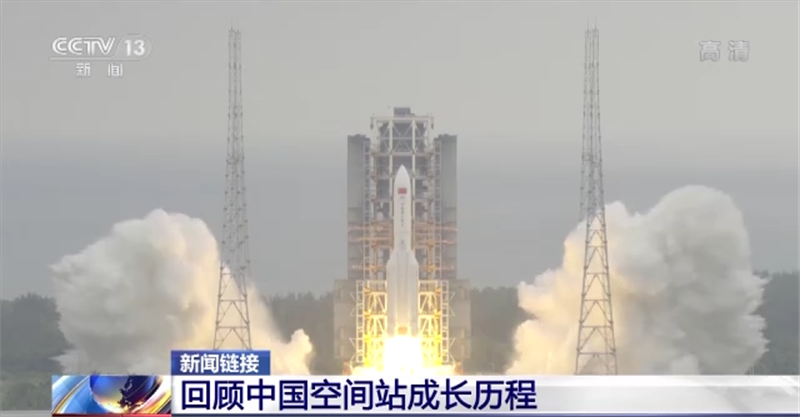

.jpg)